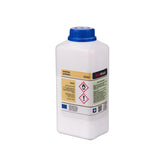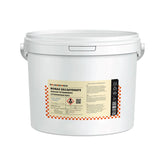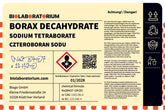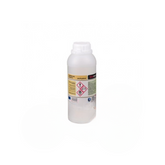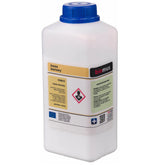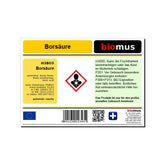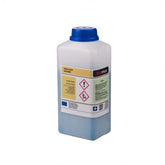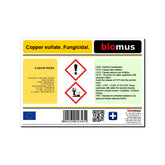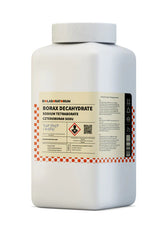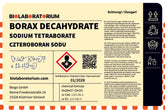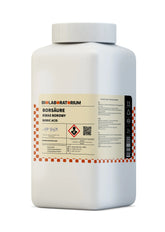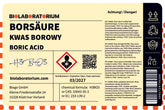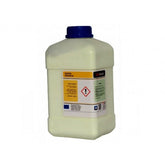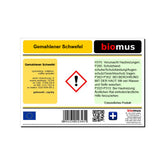The Versatility of Argentorat: Properties, Laboratory Applications, and Safety Aspects
Argentorat, also known as silver nitrate (AgNO3), is a chemical compound used in a wide range of applications in industry and science. As a technical silver compound, Argentorat offers fascinating properties and diverse applications, making it a valuable material. In this blog post, we will take a closer look at the key characteristics, common laboratory applications, and safety aspects of Argentorat.
The Properties of Argentorat
Argentorat is a crystalline, white to colorless-transparent salt that is readily soluble in water. It has a characteristic metallic taste and is photosensitive, meaning it tends to darken under light exposure. This behavior is due to the reduction of the silver ion (Ag+) to elemental silver.
One of the most remarkable properties of Argentorat is its antimicrobial effect. The silver ion has the ability to disrupt the cell function of bacteria, fungi, and some viruses, making Argentorat an effective disinfectant. This property finds application in many areas, from wound treatment to water purification.
Additionally, Argentorat is an oxidizing agent and can be used as a catalyst in chemical reactions. It has high thermal stability and can therefore also be used at elevated temperatures.
Laboratory applications of Argentorat
In laboratories and research institutions, Argentorat is a versatile reagent. Some of the most common applications are:
Analytical chemistry
Argentorat is used in the qualitative and quantitative analysis of ions and compounds. For example, it can be used to determine chloride, bromide, or iodide ions.
Organic synthesis
In organic chemistry, Argentorat serves as an oxidizing agent and catalyst for various reactions, such as oxidations, halogenations, or cyclizations.
Histology and microscopy
In histology, Argentorat is used for staining and visualizing certain tissue structures, such as nerve cells or connective tissue. It is also used in electron microscopy as a contrast agent.
Photography
In the past, Argentorat played an important role in classical photography, as it served as a component of photo emulsions for the exposure and development of films and photographic papers.
Medical applications
In medicine, Argentorat is used for the treatment of burns, wounds, and skin infections due to its antimicrobial properties. It is also used in eye drops.
Safety aspects when handling Argentorat
Although Argentorat is versatile in its applications, caution must be exercised when handling it. It is toxic if swallowed or inhaled and can cause irritation to the skin and mucous membranes. Therefore, it is important to wear appropriate protective equipment such as lab coats, gloves, and safety goggles when working with Argentorat.
Additionally, Argentorat is light-sensitive and should therefore be stored protected from direct sunlight. In case of contact with skin or eyes, immediate rinsing with plenty of water is required.
Due to its toxicity and environmental relevance, disposal and storage of Argentorat must be carefully carried out according to applicable regulations. Contaminated materials and solutions should be disposed of professionally.
Conclusion
Argentorat is a versatile chemical compound with remarkable properties used in numerous laboratory applications. From analytical chemistry to organic synthesis and medical applications, Argentorat offers fascinating possibilities. At the same time, handling this substance requires special safety measures due to its toxicity. However, with proper knowledge and appropriate precautions, Argentorat can be used safely and effectively in research and industry.
